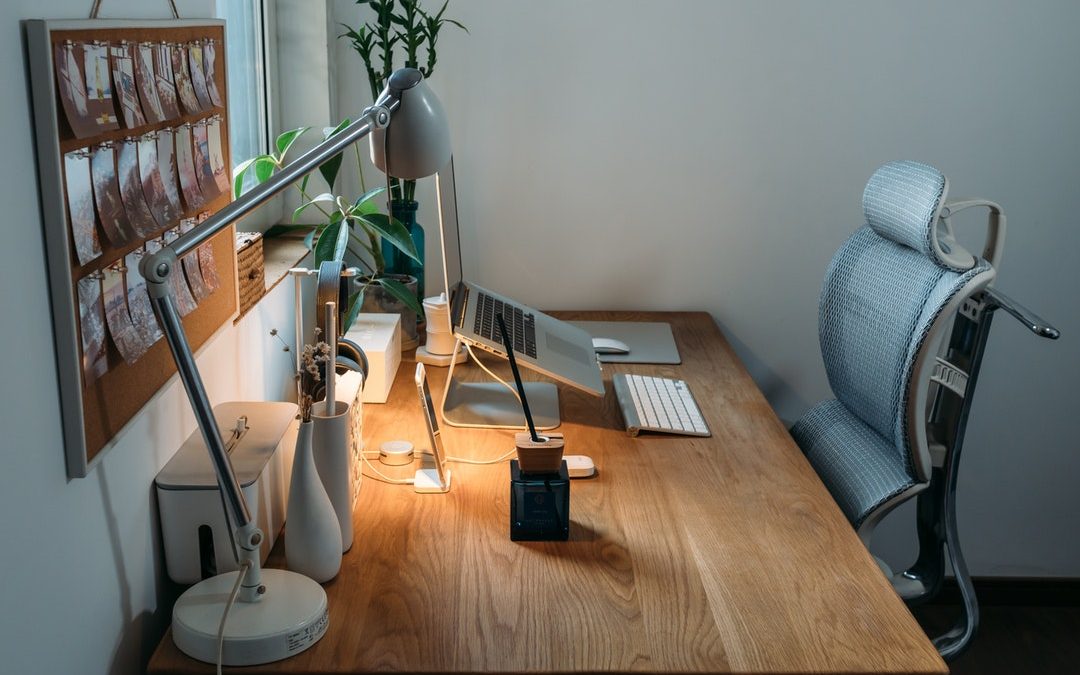How to Set Up Your Workstation for Comfort
To avoid unnecessary strain on yourself and company workers, it’s essential to consider workstation safety as part of your ergonomic plan.
Desk work may seem like one of the safest jobs available. When compared to construction, driving a cab or downhill skiing, it certainly is much less dangerous. However, sitting at a desk or standing at a workstation for many hours each day coupled with repetitive movements and postures can create strain in several parts of the body. This problems could require medication and/or surgery in the long run.
Let’s look at some of the ergonomic practices you’ll want to incorporate into your employee workstations–whether they work from the office or from home.
Ergonomic Desk Seating
First, we’ve heard a lot of hype about standing desks the past several years. While we’re not getting into the debate today (We’ll save that for another blog.), it’s important to consider body placement and posture during the work process for either type of desk.
A properly fitted, ergonomic chair should be designed for overall comfort and good posture. So, straight back chairs and chairs that recline or lean forward aren’t the best options for desk seating. Look for a chair with sufficient support for the derrière and the base of the spine as well as comfort for the arms and shoulders.
A good ergonomic chair will allow for adjustments to the back as well as seating and arm height on your chair. Here are a few more things to keep in mind when selecting ergonomic seating solutions.
• Chair back should mimic the natural curvature of the spine.
• Feet should rest flat on the floor and knees should be level with the hips.
• Chair should have a comfortable, padded seat.
• The backs of the knees shouldn’t touch the front of the seat.
• Armrests should allow arms and shoulders to remain in a relaxed position.
Best Desks for Workstation Safety
Desks and desk height are another important factor to improve workstation ergonomics for all members of your team. Desks that are too short or too high can create irregular posture patterns and general discomfort while working.
• Legs and feet should fit comfortably under the desk.
• Minimize below-desk storage to ensure enough space for legs and feet.
• Adjust the chair height to the desk height, allowing feet to rest flat on the floor.
• Desk edges should be rounded or padded to help avoid tissue compression (CTS).
Setting Up an Ergonomic Workstation
Now that you’ve found the proper desk and chair, you’ll want to be sure that your equipment also allows for proper body posture while working. Your phone, keyboard, mouse, and any other frequently used equipment should remain within easy reach to prevent unnatural reaching, stretching or bending.
• The computer monitor should be placed an arm’s length away with the top of the screen at or slightly below eye level.
• The keyboard and mouse should be placed side by side between the user and the computer screen.
• Use a phone speaker or headset rather than cradling the phone between the head and neck.
• Other frequently used objects should be placed closer to the body.
Need a professional Ergonomics Analysis of your office or remote workstations?
Call McClure Ergonomics Consulting TODAY to Ensure Proper Workstation Safety!

